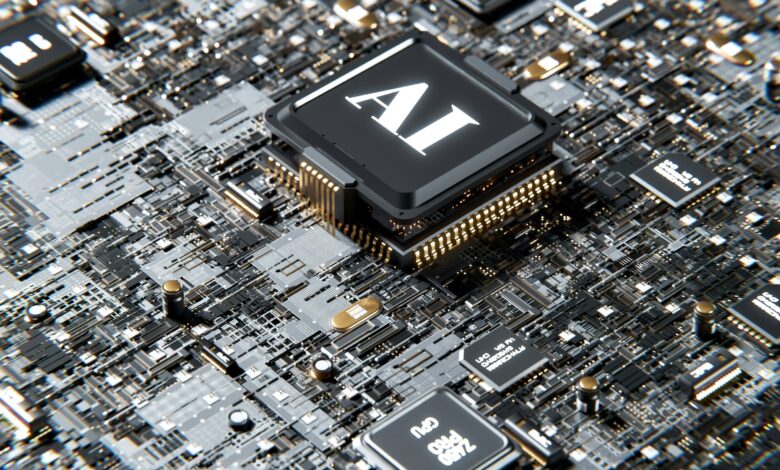
The race to automate is on and real estate is no exception. In recent years, the process of renting involves fewer people and more technology. In multifamily housing, property management companies are jumping on the AI bandwagon, investing in tools to streamline operations, cut costs, and accelerate leasing. Some are even asking: Do we still need humans at all?
Despite leading an AI company, I’m not betting on an AI-only future. Cutting humans out of the leasing process entirely doesn’t increase efficiency. It erodes renter trust, sidelines on-site talent, and typically delivers a worse experience for everyone. While others chase full automation, a better approach is to invest in AI that empowers people, not replaces them. One in which AI is embedded into daily workflows, and is smart enough to know when to escalate matters to human team members.
AI is not the first, and probably won’t be the last, technology or concept the industry will face. Several years ago, it was centralization—shifting administrative and leasing tasks offsite to specialized teams, and leaving in-person matters to onsite teams. When this shift started to work, many questioned whether in person teams were needed at all.
What we learned is that centralization works for operators who are serious about efficiency, scalability, and employee retention. Not because it replaced teams, but because it reimagined how to support them. Now, AI is at a similar crossroads.
The cracks are showing
There’s no arguing AI unlocks efficiencies not possible years ago, but taken too far, it damages performance. For example, Klarna publicly replaced 700 support agents with an AI assistant, and within months, rehired staff after customer satisfaction dropped significantly. Amazon recently had to refund millions of dollars in returns because its AI-powered process gave customers no way to flag or fix errors. If it’s not working in tech-forward industries, the outlook isn’t great for multifamily.
Some operators, often under pressure to cut costs and improve efficiency, viewed virtual agents as a fix-all replacement for human employees rather than a supporting tool. But many AI systems won’t hand off when a customer indicates they want to interact with a human. This isn’t about lazy teams, it’s about finding the balance between AI and people. When AI is misused or over-promised, visibility and accountability vanish. Then, when things go wrong, it’s the teams who face the brunt of direct feedback.
Renters are the ones that suffer
Nobody likes shouting “representative” at a chatbot. When AI fails, it fails hard, with the customer caught in the middle. Multifamily is no exception. Ask any renter who’s submitted a lead and received automated messages. Instead of reducing friction, it creates more of it, sometimes even pushing people away before they ever set foot on-site.
The operators who are seeing real results? They’re putting AI and automation to work with their teams, not instead of them. Their systems guide agents on when to step in, surface real insights, and drive smarter, more human follow-up. The result? Higher renter satisfaction, stronger performance, and teams that enjoy their jobs.
Brand values are compromised
Multifamily operators are deeply brand-conscious. They believe their tone, service model, and community experience are what set them apart from the competition. That sense of personal care is what turns prospects into residents, and residents into renewals. Unfortunately, AI doesn’t show up preloaded with your company’s tone, values, or customer experience you’ve built. You must train the models to ensure this translates over to your tech investments.
Another challenge is scale. When you’re deploying AI across hundreds of communities you need to consider the nuances of said communities—not just the high-level ideals outlined in your brand positioning. Without that structure and training, the intimacy and care that renters associate with your brand is lost. And it’s not because the AI isn’t working, but because the strategy wasn’t aligned to your business.
The benefits and limitations of AI
AI is transforming how multifamily teams work, from automated follow-ups, to analyzing resident conversations for sentiment and risk. When used right, it helps teams move faster, uncover valuable insights, and enable operators to understand what’s happening across their portfolios. At its best, AI extends team capacity without undermining trust: handling after-hours inquiries, managing call center overflow, or surfacing red flags in resident conversations.
But for complex moments, like renewals, collections, and applications, the stakes are higher. That’s where agentic workflows come in, and to be successful, we need systems that go beyond checking boxes. They don’t automate tasks in isolation, but understand context, negotiate within set parameters, assign ownership, and coordinate the workflow between AI and humans.
The biggest misstep companies are making with AI right now is treating it like a shortcut. Leasing isn’t a low-stakes, linear process. It’s emotional, financial, and often urgent. That complexity is baked into the nature of multifamily operations, and the companies that win long-term are the ones that create processes to handle the intricacies. In many cases, that means orchestration between AI and humans.
This isn’t a case against AI. It’s a warning to operators that prioritize short-term efficiencies over the long-term renter experience. And if the industry’s history with centralization has taught us anything, it’s that those playing the long game are the ones that win.





